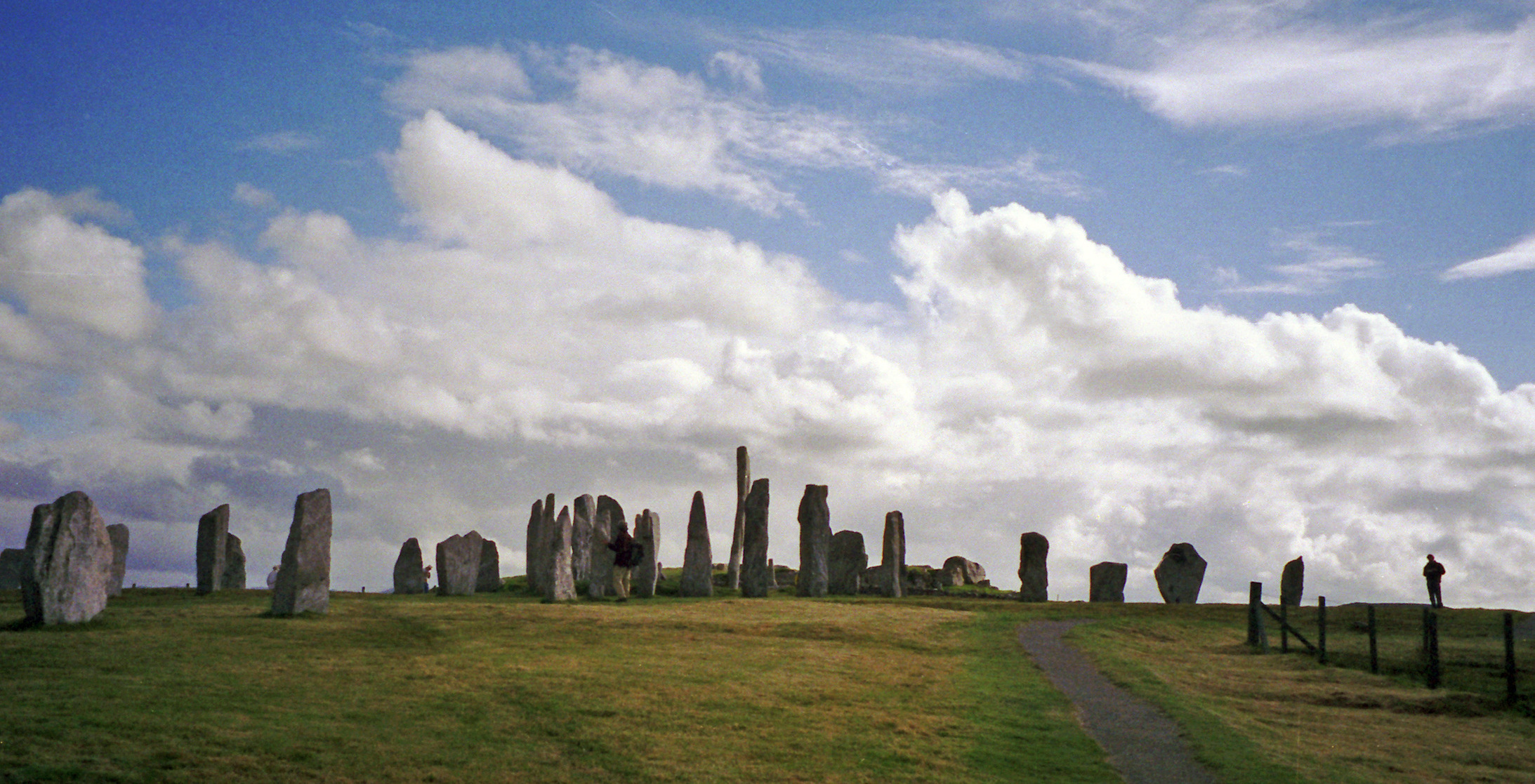Urgent works are being undertaken at the world famous Callanish Stones on Lewis after rain storms washed away soil around the 5,000-year-old megaliths.
But ground repairs to protect the unique circle of stones have left a muddy quagmire and visitors have been urged not to walk around them until the issue is fixed.
Tens of thousands of extra visitors stomping around Scotland’s best-preserved Neolithic monument weakened the rain-soaked historic site.
The base of the towering stones requires replenishment with fresh soil while blocked drains have to be opened up to let water escape.
One tourist, Ken Stewart, was concerned when he went to view the giant megaliths.
The independent mainland-based amateur photographer said: “Contractors have been working on clearing drainage at the Callanish main site but to be honest with you they have left it in a less than salubrious condition.
“I inquired in the visitors centre and apparently they have been clearing blocked drainage and as part of their back-filling they just replaced soft earth and sowed grass seed rather than covering with turf
“The result is an awful sodden mess.”
Cones place around the site to keep people off were blown away in the wind.
Scottish Government agency, Historic Environment Scotland (HES), which is responsible for the historic site, said increasing number of visitors, heavier rainfall, plus blocked drains all wore away are the ground around the stones.
A HES spokesman said: “The ground at the centre ring of the monument had eroded through higher than usual rainfall, combined with increasingly high footfall at the site.”
He added: “The works involved upgrading and modernising this drainage system to deliver more effective drainage in future.
“Topsoil was spread to replace what has been lost to erosion and to protect the underlying stones, however heavy rainfall has affected the repaired area.”
The works should be finished by Easter, weather permitting.
The spokesman warned: “We have also cordoned off the immediate area around the stones to visitors in the short term and would ask if they can please refrain from walking on this area in the interim while it repairs.”
He added: “We hope that over the next few days, the weather will improve sufficiently to allow the topsoil to dry to an acceptable level so that the works can continue.”
HES intends to lay locally-sourced turf and grass seed to finish off the works which will require a “short period of time” to bed in.
